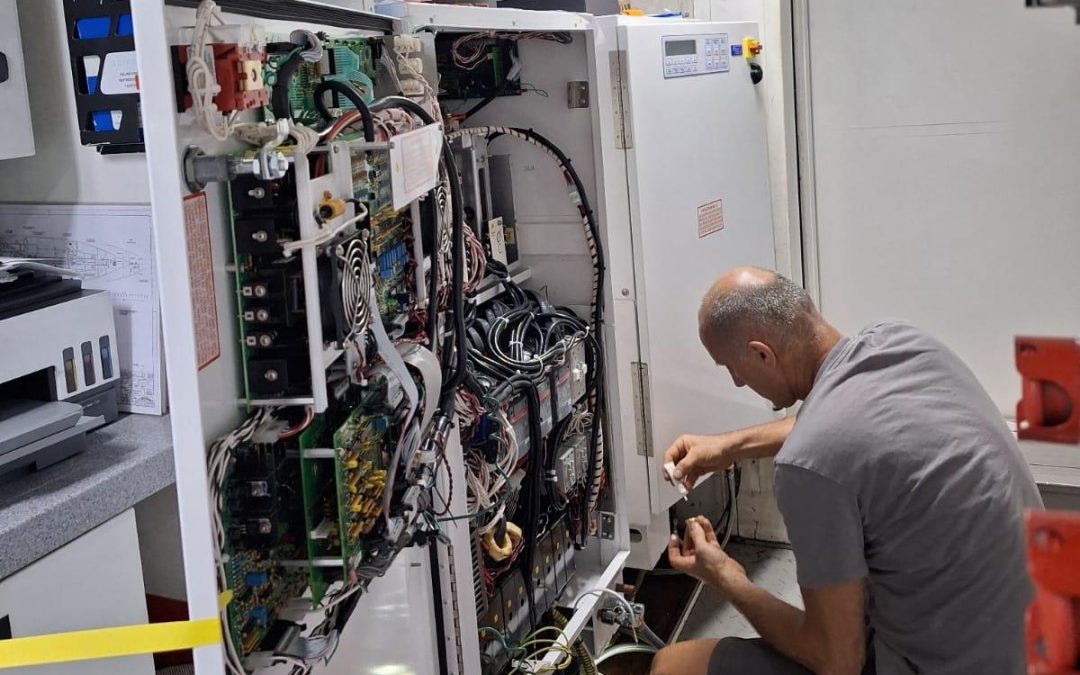
by ASEA Admin | Jun 3, 2025 | Blog, Featured Blogs
ASEA Power Systems has built its reputation by offering dependable and adaptable shore power converters designed to meet a wide range of vessel requirements. Over the years, we’ve developed and supported two distinct system architectures: the traditional...

by ASEA Admin | Jun 3, 2025 | Blog, Featured Blogs
Over the past few years, ASEA has made some important changes to how our shore power converters are designed and built. If you’ve worked with the older 75kVA Vertical units, you’re probably familiar with the single/two-phase topology they’re based on. Now, with newer...
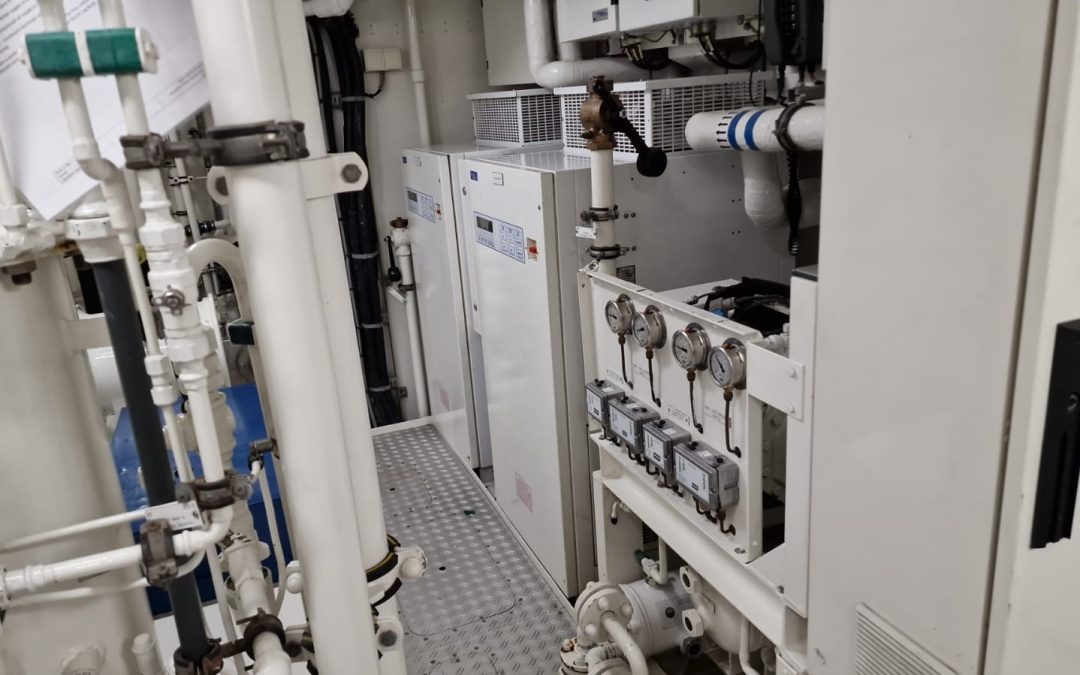
by ASEA Admin | Apr 30, 2025 | Blog, Featured Blogs
During a recent inspection aboard a yacht equipped with an ASEA Shore Power Converter running in parallel with a generator, an unexpected issue emerged. While the system appeared to be operating normally, a sudden power transfer between shore supply and generator...
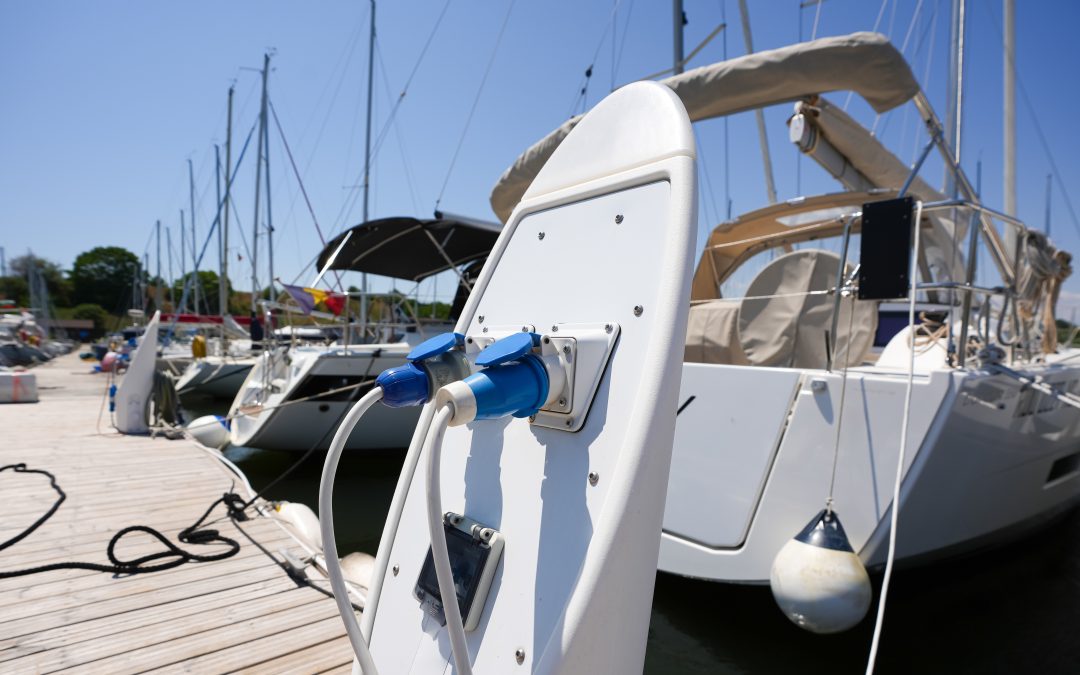
by ASEA Admin | Apr 1, 2025 | Blog, Featured Blogs
Proper electrical isolation onboard is a critical step toward ensuring the safety and reliability of your vessel. It protects your investment from galvanic corrosion, safeguards sophisticated electronics, and maintains a safer marine environment by reducing risks like...
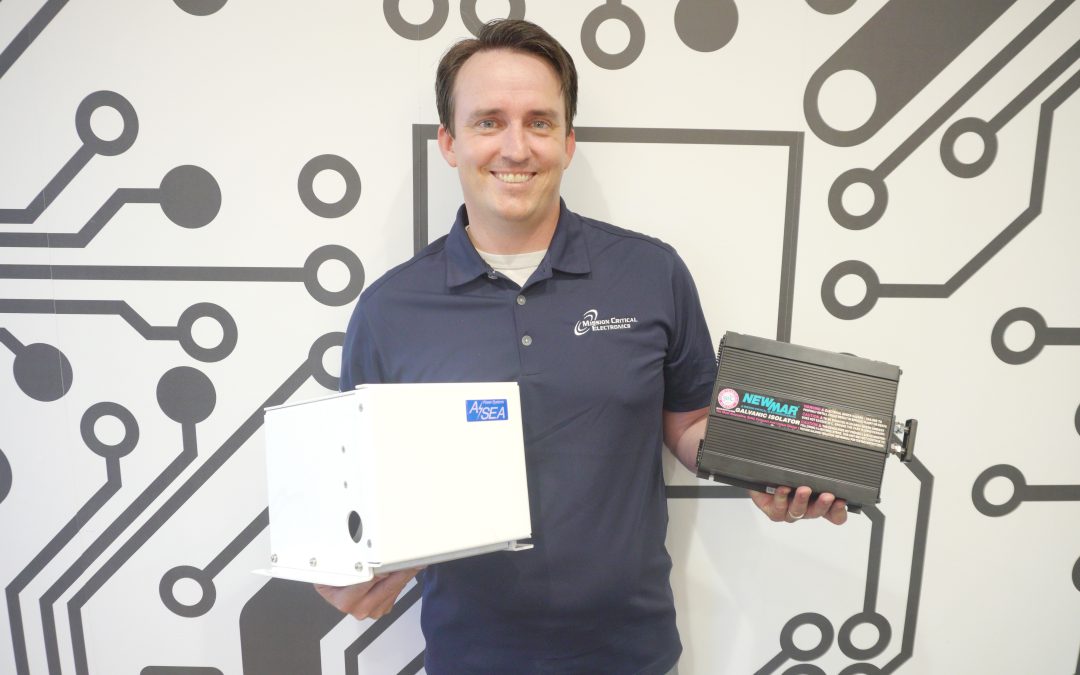
by ASEA Admin | Mar 11, 2025 | Blog, Featured Blogs
For modern boaters, access to shore power has become a necessity, ensuring that everything from navigation equipment to onboard comforts run smoothly. However, while plugging into a pedestal may seem routine, it comes with electrical complexities that can impact a...
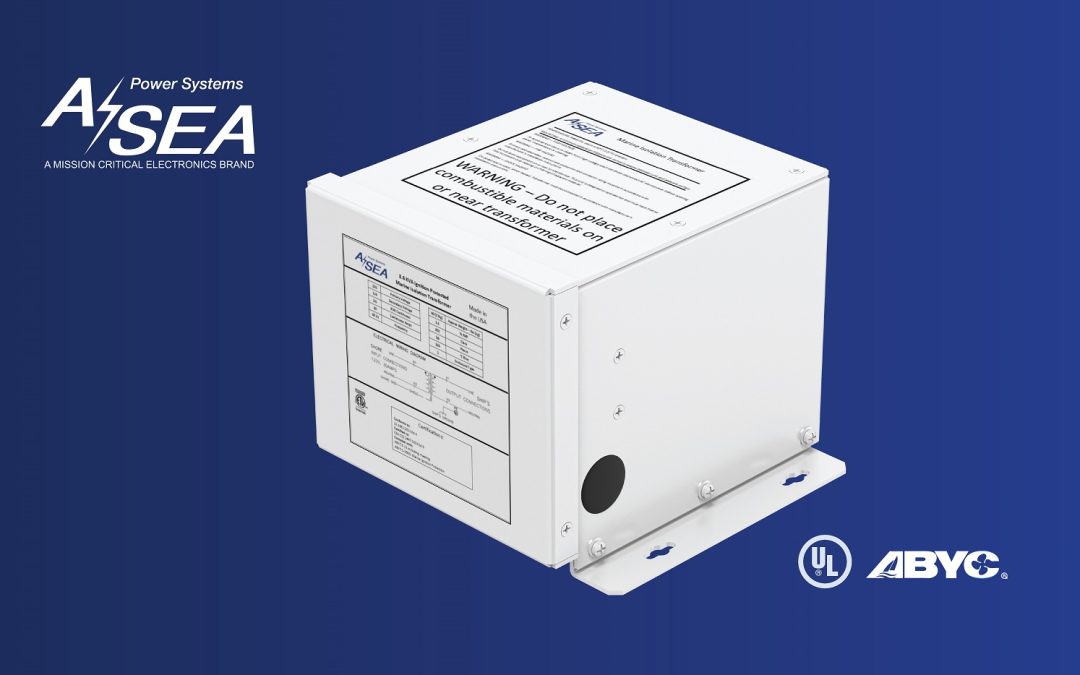
by ASEA Admin | Mar 11, 2025 | Blog, Featured Blogs
When it comes to marine electrical safety, choosing the right isolation transformer is crucial. Boat owners and marine engineers often debate between toroidal and potted transformers, but one key distinction makes the choice clear, only potted transformers meet ABYC...







